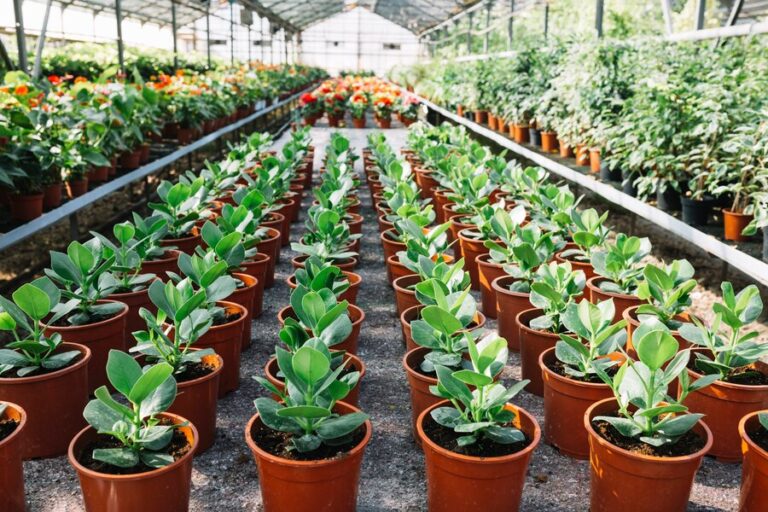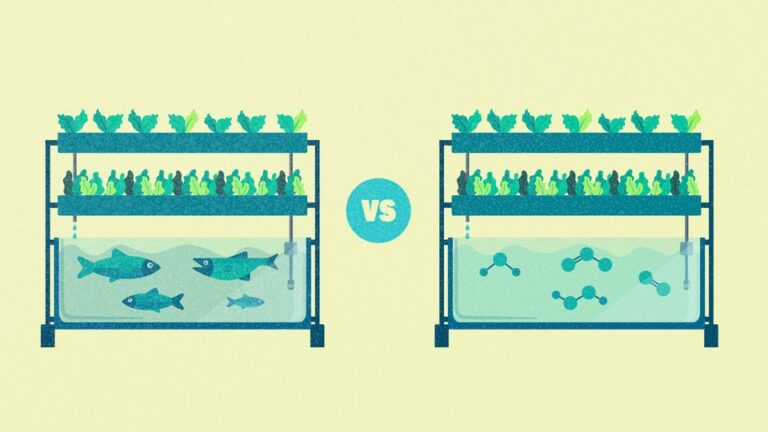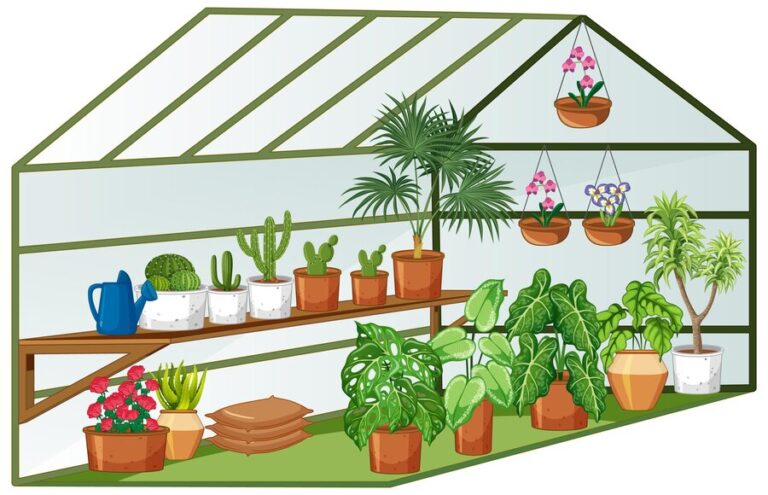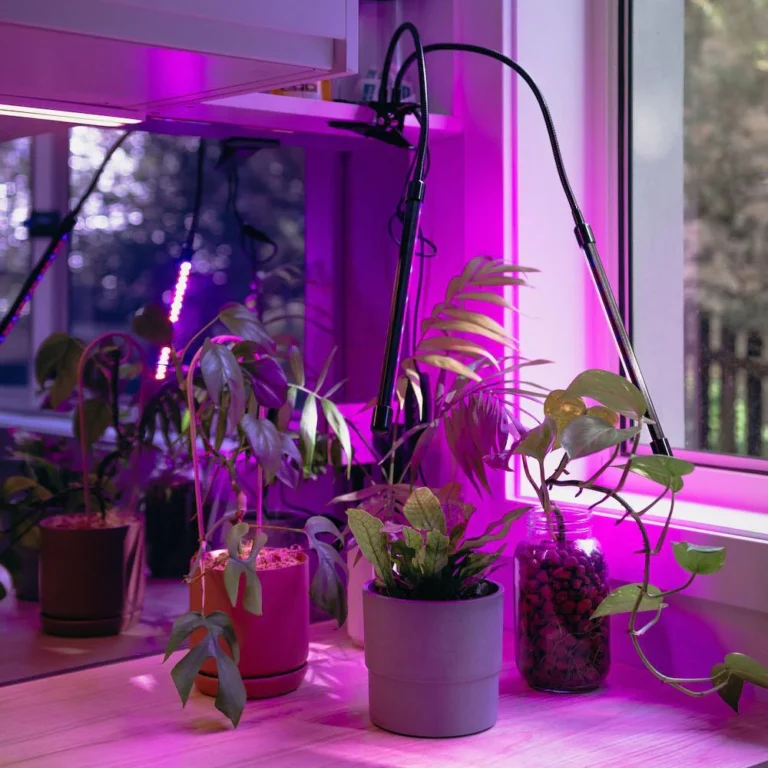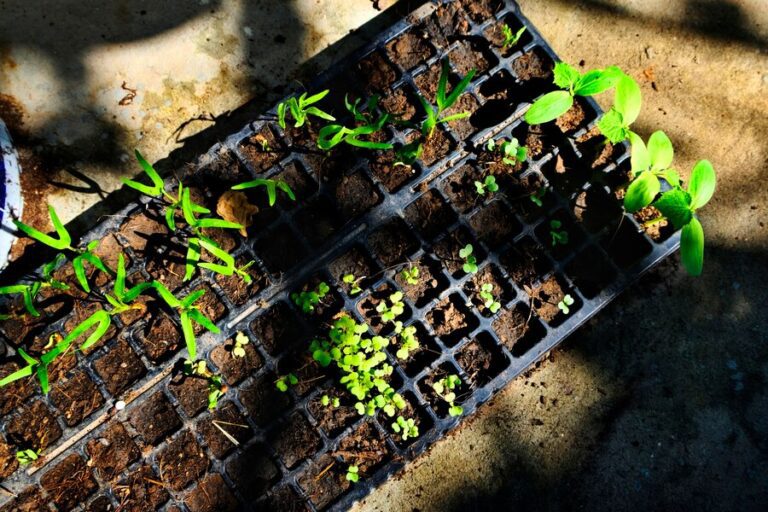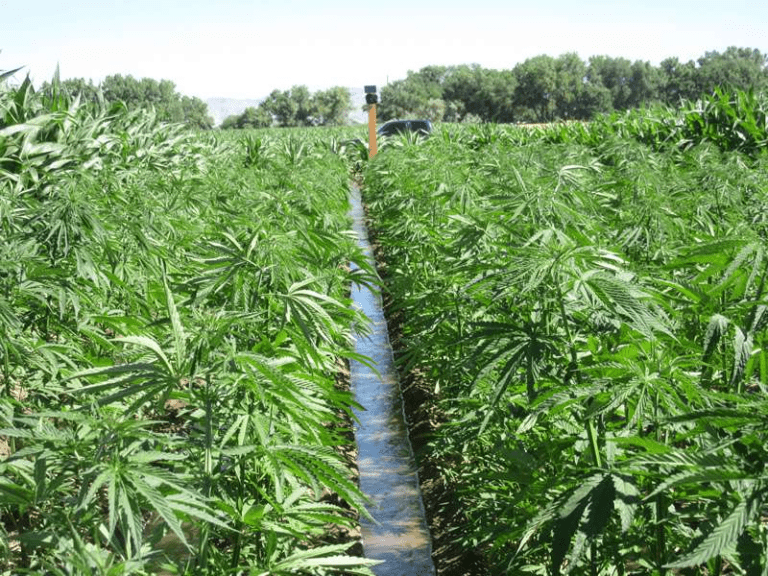The Benefits of Hydroponic Gardening Indoor: Save Space, Water, and Money
Table of Contents
Understanding Hydroponic Gardening Indoors
Hydroponic gardening has gained significant popularity in recent years, as it provides a sustainable and efficient way to grow plants indoors. By using a nutrient-rich water solution instead of soil, this innovative gardening method allows plants to thrive without the need for traditional soil-based cultivation. With the ability to control variables such as water, nutrients, and lighting, hydroponic gardening offers gardeners the opportunity to optimize plant growth and maximize yields.
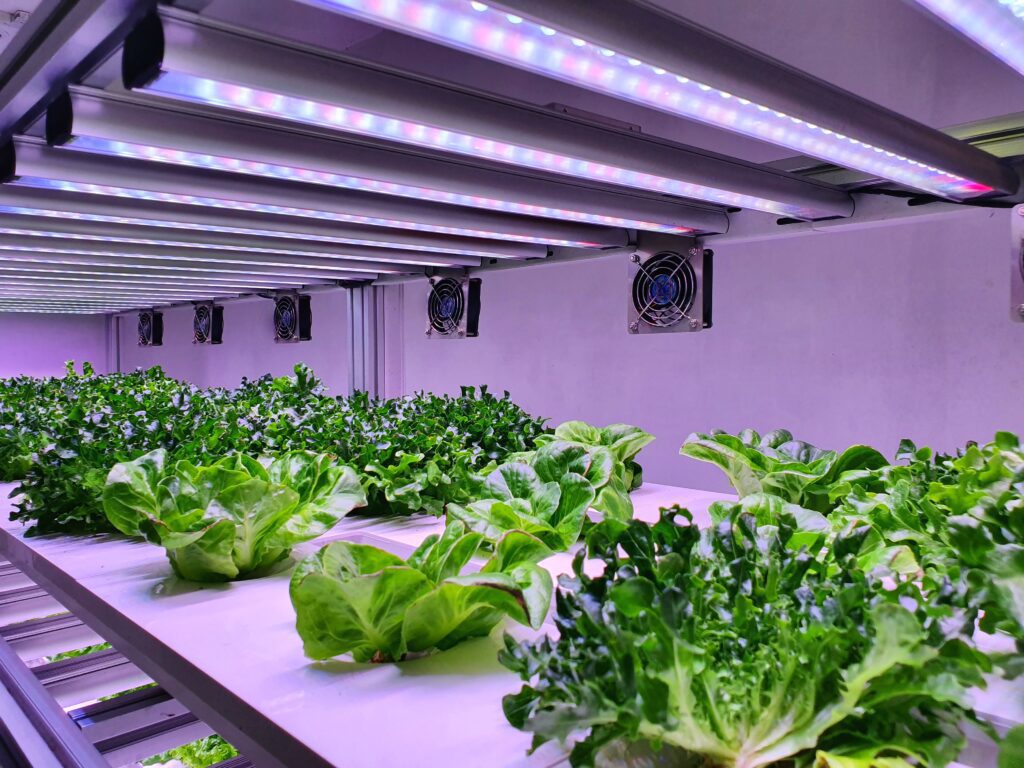
One of the advantages of hydroponic gardening indoors is the ability to grow plants in limited spaces. Unlike traditional gardening, which requires ample garden beds or outdoor areas, hydroponics can be implemented in small areas such as apartments, balconies, or even in a corner of a room. Vertical hydroponic systems, for example, make use of vertical space, allowing multiple layers of plants to grow. This space-efficient design not only maximizes plant yield but also provides an aesthetic appeal to indoor spaces. Whether you have limited space or simply want to make the most of your available area, hydroponic gardening offers a practical solution for indoor cultivation.
Maximizing Space Efficiency with Hydroponic Gardening
Hydroponic gardening has revolutionized the way we grow plants indoors, allowing us to maximize space efficiency without compromising on yield. With traditional soil-based gardening, the need for large plots of land limits our ability to cultivate a wide variety of plants. However, hydroponics eliminates the need for soil altogether, enabling us to grow a multitude of plants in even the smallest of spaces.
One of the key advantages of hydroponics in terms of space efficiency is its vertical growing capabilities. By utilizing vertical towers or shelves equipped with nutrient-rich water systems, we can stack multiple layers of plants on top of each other, effectively increasing the growing area without expanding horizontally. This vertical arrangement not only saves space but also allows for better light exposure and airflow, resulting in healthier and more productive plants.

Additionally, hydroponic systems can be customized to fit any available space, whether it’s a small balcony, a spare room, or even a closet. Compact systems like the Nutrient Film Technique (NFT) or Deep Water Culture (DWC) can be easily set up in limited areas, offering a practical solution for space-constrained gardening enthusiasts. By using innovative techniques and harnessing the power of hydroponics, we can truly maximize space efficiency, opening up a world of possibilities for indoor gardening regardless of square footage limitations.
Conserving Water through Indoor Hydroponic Gardening
Hydroponic gardening indoors is not only a convenient way to grow plants, but it also offers several advantages over traditional soil-based methods. One of the notable benefits is the conservation of water, making it an environmentally friendly choice. When plants are grown hydroponically, they require significantly less water compared to traditional gardening practices.
This is because hydroponic systems allow for precise control over the water supply, ensuring that only the necessary amount of water is delivered directly to the plant roots. Unlike traditional gardening, where water can be lost through evaporation or seeping into the ground, hydroponic systems recycle and recirculate the water. This not only saves water but also reduces the need for frequent watering, resulting in more efficient water usage.
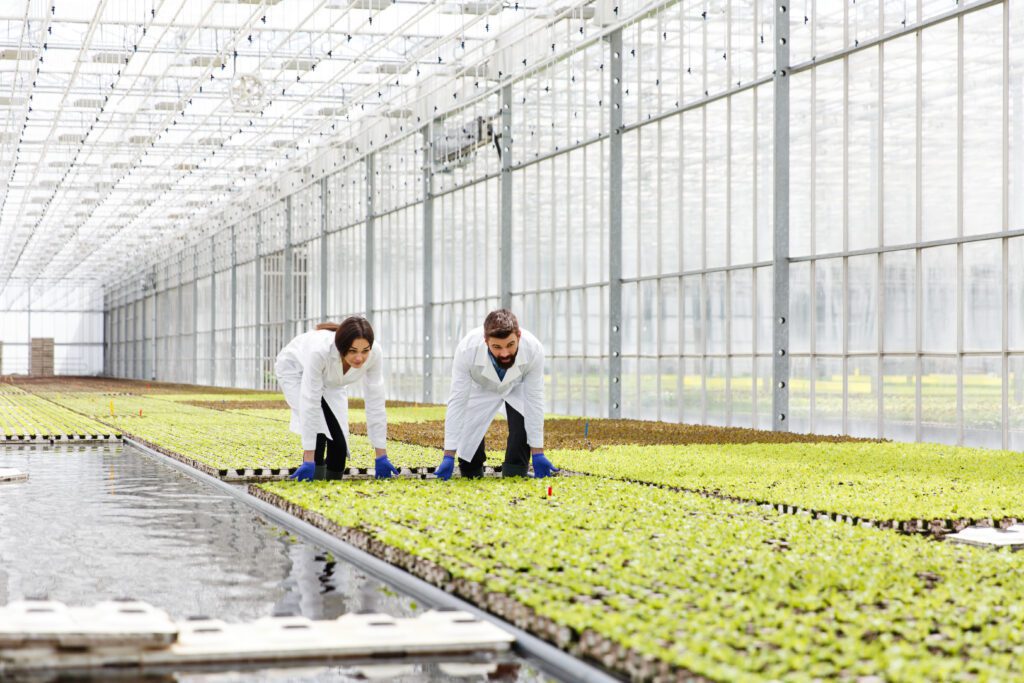
Furthermore, hydroponic systems enable gardeners to monitor and adjust the nutrient levels in the water, ensuring that plants receive an optimal balance of nutrients. This targeted approach eliminates the risk of overwatering, as excess water can lead to nutrient leaching, thereby wasting resources. Additionally, by eliminating the need for soil, hydroponic gardening reduces water usage associated with soil irrigation and the risk of water runoff, which can carry pollutants into natural water sources.
In conclusion, conserving water through indoor hydroponic gardening is a promising solution for environmentally conscious gardeners. The controlled and efficient use of water in hydroponic systems allows for sustainable cultivation of plants, minimizing water waste and promoting a more eco-friendly approach to gardening. By embracing this technology, gardeners can play their part in conserving our precious water resources while enjoying the benefits of a thriving and productive indoor garden.
Achieving Cost Savings with Hydroponic Gardening Indoors
Hydroponic gardening indoors has gained popularity in recent years for its numerous benefits, one of which is achieving cost savings. By eliminating the need for soil and utilizing water efficiently, hydroponic systems significantly reduce the overall expenses associated with traditional gardening methods. In addition, hydroponics minimizes the reliance on chemical fertilizers and pesticides, further reducing costs and promoting a healthier and more sustainable approach to plant cultivation.
One of the key cost-saving advantages of hydroponic gardening is its ability to maximize resource utilization. Traditional gardening requires a substantial amount of water, often resulting in wastage due to run-off and evaporation. In contrast, hydroponics allows for precise control over water delivery, enabling plants to receive exactly the amount they need without any excess. This not only reduces water consumption but also lowers your monthly bill. Moreover, the use of nutrient-rich water in hydroponics eliminates the need for expensive soil amendments, saving you money and minimizing environmental impact.
Switching to hydroponic gardening indoors presents an opportunity to reduce costs over time and achieve a more sustainable and economical way of growing plants. Whether you are a seasoned gardener or a beginner, exploring the benefits of hydroponics can offer long-term financial benefits while also contributing to a greener future. So why not give it a try and embark on a cost-effective journey towards a self-sufficient and environmentally friendly indoor garden?
Exploring the Environmental Benefits of Indoor Hydroponics
Indoor hydroponic gardening offers numerous environmental benefits that make it an increasingly popular choice among gardening enthusiasts. One of the key advantages of this method is its significant water-saving potential. Unlike traditional soil-based gardening, hydroponics uses water efficiently by recirculating it through the system, minimizing wastage. Research has shown that hydroponic gardening can save up to 90% of water compared to conventional soil-based cultivation practices. This is particularly important in regions facing water scarcity or drought conditions, as it contributes to the conservation of this vital resource.
This table highlights the environmental benefits of indoor hydroponics:
| Benefit | Description |
|---|---|
| Water Efficiency | Hydroponic systems use significantly less water compared to traditional soil-based agriculture. |
| Reduced Water Pollution | Recirculating systems prevent leaching of nutrients and chemicals into groundwater. |
| Conservation of Space | Vertical farming and compact setups allow higher yields in smaller areas, conserving land. |
| Year-round Crop Production | Indoor setups are not limited by seasons, enabling continuous production irrespective of weather. |
| Minimized Pesticide Use | Controlled environments decrease the need for pesticides, promoting healthier and safer produce. |
| Energy Efficiency | Advanced systems can optimize energy use through LED lighting and climate control technologies. |
| Reduced Transportation Emissions | Local indoor farms reduce the distance food travels, cutting down on transportation emissions. |
| Soil Conservation | Elimination of soil usage protects valuable land resources and prevents soil degradation. |
In addition to water conservation, indoor hydroponic gardens also minimize the need for harmful pesticides and fertilizers. By providing plants with precisely tailored nutrient solutions, hydroponics eliminates the reliance on chemical additives that can potentially harm the environment and contaminate groundwater. The controlled environment of indoor hydroponics also reduces the risk of pests and diseases, further decreasing the need for chemical interventions. This sustainable approach ensures that the plants grow healthily while reducing the negative impact on surrounding ecosystems. Overall, by adopting indoor hydroponic gardening, individuals can contribute to a greener and more sustainable future.
Enhancing Plant Growth and Yield with Hydroponic Gardening
To enhance plant growth and increase yield, hydroponic gardening proves to be a highly efficient method. By utilizing nutrient-rich solutions and providing optimal environmental conditions, plants can thrive and produce bountiful harvests. The controlled environment of indoor hydroponic systems allows for precise regulation of factors such as light, temperature, and nutrient levels, ensuring that plants receive exactly what they need for optimal growth.
One key aspect that contributes to the enhanced plant growth and yield in hydroponic gardening is the ability to deliver nutrients directly to the plants’ roots. Unlike traditional soil-based gardening, where plants must extract nutrients from the surrounding soil, hydroponic systems provide a constant supply of nutrients through water solutions. This eliminates any nutrient deficiencies or imbalances that can limit growth in conventional gardening methods.
Additionally, hydroponic systems offer the advantage of constant access to water and oxygen, which are essential for healthy plant growth. With traditional soil-based gardening, plants may suffer from overwatering or underwatering, leading to stress and decreased productivity. In hydroponics, water and oxygen are readily available to the plant roots, creating an ideal environment for nutrient uptake and maximizing growth potential. This efficient utilization of resources results in faster growth, higher yields, and healthier plants.
Overcoming Challenges in Indoor Hydroponic Gardening
Indoor hydroponic gardening offers numerous benefits, from maximizing space efficiency to achieving cost savings. However, like any gardening method, it also comes with its fair share of challenges. Understanding and overcoming these challenges is essential for gardeners to ensure the success and productivity of their indoor hydroponic gardens.
One of the primary challenges faced by indoor hydroponic gardeners is maintaining proper nutrient levels. In traditional soil gardening, plants receive nutrients from the soil. In hydroponics, however, nutrients are supplied directly to the plants through water. Balancing the nutrient solution and ensuring that each plant receives the right amount of essential nutrients can be a bit tricky. This challenge can be addressed by regularly monitoring nutrient levels, adjusting the nutrient solution accordingly, and using high-quality hydroponic fertilizers to provide a well-balanced mix of nutrients for optimal plant growth.
Another hurdle indoor hydroponic gardeners often encounter is controlling and preventing plant diseases and pests. Without the natural barrier of soil and the support of beneficial soil microorganisms, hydroponically grown plants may be more susceptible to various pests and diseases. To overcome this challenge, gardeners should implement proper sanitation practices, such as sterilizing equipment and maintaining a clean environment. Additionally, regularly monitoring plants for signs of pests or diseases and promptly taking appropriate action, such as using organic pest deterrents or seeking expert advice, can help prevent and manage these issues effectively.
Creating a Sustainable and Self-Sufficient Indoor Garden
Creating a sustainable and self-sufficient indoor garden is not only a rewarding endeavor, but it also allows you to have fresh produce right at your fingertips, regardless of the season. By implementing a few key practices, you can ensure that your indoor garden thrives and meets your needs for years to come.
One crucial aspect of creating a sustainable indoor garden is understanding the importance of organic gardening methods. By utilizing organic fertilizers and pesticides, you can minimize your reliance on synthetic chemicals that can harm both the environment and your health. Additionally, incorporating compost into your gardening routine not only enriches the soil with nutrients but also reduces waste by recycling organic materials. By adopting these eco-friendly practices, you can create a harmonious and sustainable indoor garden ecosystem.
Another vital component of a self-sufficient indoor garden is efficient water management. Hydroponic systems, such as nutrient film technique (NFT) or deep water culture (DWC), can significantly reduce water waste by recirculating and reusing water. These systems allow for precise control over nutrient delivery and water consumption, minimizing the amount of water needed compared to traditional soil-based gardening. By implementing water-saving strategies and utilizing cutting-edge hydroponic technology, you can ensure that your indoor garden remains self-sufficient while conserving this precious resource.
Here’s how you can create a sustainable Indoor Hydroponics Garden at home!
Remember, a sustainable and self-sufficient indoor garden requires careful planning, diligent maintenance, and a commitment to eco-friendly practices. By doing so, you can enjoy the benefits of fresh, healthy produce while minimizing your impact on the environment. In the next section, we will explore the health benefits of indoor hydroponic gardening and how it can contribute to a healthier lifestyle.
The Health Benefits of Indoor Hydroponic Gardening
Hydroponic gardening has gained significant popularity in recent years, and for good reason. Not only does it offer a convenient and space-efficient way to cultivate plants indoors, but it also provides numerous health benefits. Indoor hydroponic gardening involves growing plants in nutrient-rich water instead of traditional soil, resulting in healthier and more nutrient-dense crops.
One of the key health benefits of indoor hydroponic gardening is the ability to control the quality of the plants you consume. With traditional gardening, plants may be exposed to harmful chemicals, pesticides, and pollutants present in the soil. However, in hydroponic systems, the water and nutrients supplied to the plants are carefully monitored and controlled, ensuring that they grow in a clean and safe environment. This means that you can enjoy fresh, organic produce without worrying about harmful residues or contaminants. Plus, indoor hydroponic gardening provides a year-round growing season, allowing you to have access to your favorite fruits, vegetables, and herbs regardless of the outdoor climate. So, whether you’re craving juicy tomatoes in the dead of winter or fresh basil for your pasta, hydroponic gardening has got you covered.
In addition to providing a constant supply of healthy, pesticide-free produce, indoor hydroponic gardening can also improve your overall well-being. Research has shown that spending time in green and natural environments can have a positive impact on mental health, reducing stress and anxiety while increasing feelings of calmness and relaxation. By bringing the beauty and freshness of nature into your home with an indoor hydroponic garden, you can create a serene oasis that enhances your mood and promotes a sense of tranquility. Furthermore, growing plants indoors can also purify the air, removing toxins and pollutants and improving indoor air quality. This can have significant benefits for individuals with respiratory issues or allergies, helping them breathe easier and experience fewer symptoms. So, not only does hydroponic gardening provide nutritional benefits, but it can also contribute to your overall physical and mental well-being.
This table shows the health benefits associated with indoor hydroponic gardening:
| Health Benefit | Description |
|---|---|
| Fresh Produce Availability | Access to fresh, nutrient-rich produce at home year-round. |
| Control Over Pesticides and Chemicals | Reduced exposure to harmful chemicals commonly found in conventionally grown produce. |
| Higher Nutrient Density | Controlled environments can lead to higher nutrient content in harvested plants. |
| Lower Risk of Contaminants | Reduced risk of contaminants such as pathogens and heavy metals. |
| Stress Reduction | Gardening indoors can promote relaxation and stress reduction. |
| Physical Activity | Involvement in gardening activities contributes to physical fitness. |
| Improved Air Quality | Indoor plants contribute to better air quality by filtering pollutants. |
| Mental Well-being | Gardening indoors can positively impact mental health and mood. |
As we delve deeper into the health benefits of indoor hydroponic gardening, we’ll explore the specific nutrients and compounds found in hydroponically grown plants that can positively impact our health. We’ll also discuss the potential therapeutic uses of hydroponically cultivated herbs and medicinal plants, highlighting how these green wonders can contribute to our overall vitality. So, whether you’re a health enthusiast, a plant lover, or simply curious about the wonders of hydroponic gardening, stay tuned as we uncover the incredible health benefits awaiting you in your own indoor garden.
Designing an Aesthetically Pleasing Indoor Hydroponic Garden
Indoor hydroponic gardens not only provide a practical method for growing plants without soil, but they can also be designed to enhance the aesthetic appeal of any indoor space. By incorporating creative and visually appealing elements, a hydroponic garden can become a captivating centerpiece that adds beauty and tranquility to your home or office.
When designing an aesthetically pleasing indoor hydroponic garden, it is important to consider the overall layout and arrangement of your plants. Grouping plants of different heights and shapes together can create an interesting visual dynamic, while using a variety of colors and textures adds depth and visual interest. Additionally, incorporating decorative elements such as trellises, decorative pots, or even artistic sculptures can further enhance the overall aesthetic appeal of your hydroponic garden.

It is also crucial to take into account the lighting and ambiance of the space. Proper lighting not only ensures the healthy growth of your plants but also creates a pleasant atmosphere. Utilizing adjustable LED grow lights allows you to customize the lighting conditions to meet specific plant requirements while also adding an attractive element to the overall design. Moreover, integrating features such as waterfalls, fountains, or gentle background music can create a soothing and peaceful environment that adds to the overall appeal of your indoor hydroponic garden.
By carefully considering the layout, arrangement, lighting, and ambiance in your indoor hydroponic garden, you can create a visually pleasing space that not only provides a sustainable and self-sufficient source of fresh produce but also enhances the beauty and tranquility of your indoors. With innovative designs and creative elements, your hydroponic garden can become a stunning focal point that invites admiration and relaxation.
Maintaining Indoor Hydroponic Gardens: Tips and Tricks
Maintaining an indoor hydroponic garden requires careful attention and regular upkeep to ensure the health and productivity of your plants. Here are a few essential tips and tricks to help you achieve success in your hydroponic gardening endeavors.
First and foremost, it is crucial to monitor and maintain the proper pH levels in your hydroponic system. Plants have specific pH requirements, and any imbalance can hinder nutrient absorption, leading to stunted growth or nutrient deficiencies. Regularly test the pH of the nutrient solution using a high-quality pH meter and make necessary adjustments with pH up or down solutions.
In addition to pH monitoring, maintaining a clean and sterile environment is vital for preventing the growth of harmful pathogens and ensuring the overall health of your plants. Regularly sanitize your hydroponic system, including the reservoir, pumps, and grow trays, using a hydrogen peroxide solution or a commercially available sanitizing agent. This will help reduce the risk of diseases and maintain optimal growing conditions for your plants. Remember to also keep an eye out for any signs of pests and promptly address any infestations to protect your plants from damage.
Here’s how you can maintain your Indoor Hydroponic Garden:
By implementing these key tips and tricks, you can maintain a thriving indoor hydroponic garden and enjoy the rewards of bountiful harvests year-round. Stay tuned for more valuable insights on hydroponic gardening techniques and advancements!
Exploring Different Varieties of Plants Suitable for Indoor Hydroponic Gardening
When it comes to indoor hydroponic gardening, the variety of plants that can be grown is immense. From leafy greens and herbs to flowering plants and fruiting crops, there are options for every gardener’s taste and preference. One popular choice for indoor hydroponics is salad greens, such as lettuce, spinach, and kale. These leafy greens thrive in a hydroponic system, taking advantage of the nutrient-rich water to produce vibrant and nutritious leaves.
Another versatile option for indoor hydroponics is herbs. From basil and cilantro to mint and parsley, herbs can be easily grown in a hydroponic setup. Their compact size and quick growth make them ideal for small indoor spaces. Not only do they add flavor to your dishes, but they also offer a refreshing aroma that can enhance the ambience of your indoor garden.
What is hydroponic gardening?
Hydroponic gardening is a method of growing plants without soil, using a nutrient-rich water solution instead.
Can hydroponic gardening be done indoors?
Yes, hydroponic gardening can be done indoors, allowing for year-round cultivation regardless of weather conditions.
How does hydroponic gardening maximize space efficiency?
Hydroponic gardening eliminates the need for traditional soil beds, allowing plants to be grown vertically or in compact systems, maximizing space utilization.
How does indoor hydroponic gardening conserve water?
Indoor hydroponic gardening systems recirculate water, minimizing water loss through evaporation and runoff, resulting in water conservation.
Can hydroponic gardening save costs compared to traditional gardening methods?
Yes, hydroponic gardening can save costs in the long run as it requires less water, eliminates the need for expensive soil amendments, and reduces the risk of pests and diseases.
What are the environmental benefits of indoor hydroponics?
Indoor hydroponic gardening reduces the use of pesticides and fertilizers, minimizes soil erosion, and conserves water, making it an environmentally friendly gardening method.
How does hydroponic gardening enhance plant growth and yield?
Hydroponic gardening provides plants with direct access to the necessary nutrients, resulting in faster growth, larger yields, and healthier plants.
What are the challenges of indoor hydroponic gardening?
Challenges of indoor hydroponic gardening include maintaining proper pH and nutrient levels, preventing pests and diseases, and ensuring adequate lighting and ventilation.
Can indoor hydroponic gardening be self-sufficient and sustainable?
Yes, by using renewable energy sources, responsibly managing water usage, and recycling nutrients, indoor hydroponic gardens can be self-sufficient and sustainable.
Are there any health benefits associated with indoor hydroponic gardening?
Indoor hydroponic gardening provides access to fresh, pesticide-free produce, promoting a healthier diet and reducing the risk of ingesting harmful chemicals.
How can I design an aesthetically pleasing indoor hydroponic garden?
Designing an aesthetically pleasing indoor hydroponic garden involves incorporating visually appealing elements such as decorative containers, trellises, and carefully selected plant varieties.
What are some tips and tricks for maintaining indoor hydroponic gardens?
Maintaining indoor hydroponic gardens involves regularly monitoring pH and nutrient levels, maintaining proper lighting and ventilation, and implementing pest prevention measures.
What are some plant varieties suitable for indoor hydroponic gardening?
Some plant varieties suitable for indoor hydroponic gardening include lettuce, herbs like basil and mint, strawberries, tomatoes, and microgreens.

Pallavi Gupta is a burgeoning writer at SouthElMonteHydroponics, blending her passion for data analysis with a keen interest in biotechnology. Currently pursuing a Bachelor’s in Biotechnology at Amity University, Pallavi delves into the intricacies of life sciences while gaining hands-on experience in the exciting world of data analysis. Her unique background provides a fresh perspective on hydroponic farming, as she explores the intersection of biotechnology and sustainable agriculture. Through her writing, Pallavi aims to bridge the gap between data-driven insights and innovative farming practices, inspiring others to harness technology for a greener future.

